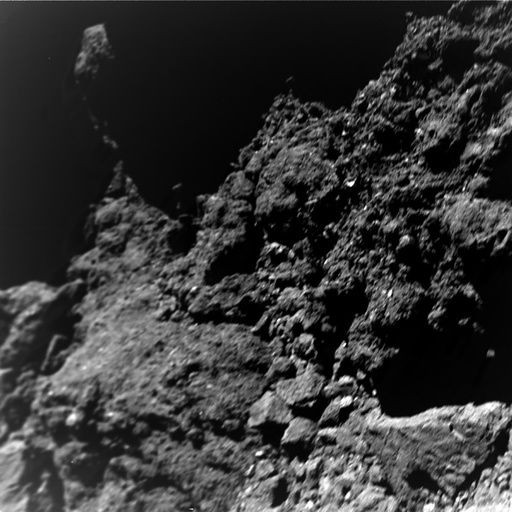NASA Asteroid Warning: Terrifying Theory Shows Increased Near-Earth Collisions

The number of asteroids nearly missing Earth has increased in the past few decades, a NASA study showed.
According to a report, a NASA video showcased all known asteroids that passed through our solar system from Jan. 1, 1999, to Jan. 31, 2018 and it showed just how many near-Earth collisions occurred during the last two decades. This is an alarming thought considering the catastrophic outcomes that could have happened if any of these asteroids actually made its way to Earth.
In the video, blue dots represented near-Earth asteroids while the orange represented main-belt asteroids between the orbits of Mars and Jupiter. The video clearly showed that there have been increased blue dots appearing over the 20-year time-lapse.
A near-Earth object (NEO) is identified as a “solar system body where its closest approach to the Sun is less than 1.3 astronomical units.” NASA’s Jet Propulsion Laboratory explained the video as a “map of the increased count of all known asteroids in the solar system between Jan. 1, 1999, and Jan. 31, 2018. Blue represents near-Earth asteroids. Orange represents main-belt asteroids between the orbits of Mars and Jupiter.”
The video proved to be a very significant output when it comes to space study with NASA saying, “the first and most important step in assessing the impact risk of an asteroid or comet is to determine whether any given object's orbit will cross Earth's orbit -- and then how close it will actually get to our planet. JPL was determining high-precision orbits for a few NEOs even before NASA launched its NEO Observations Program, and has since upgraded its orbit models to provide the most accurate assessment available for asteroid positions and orbits.”
Data gathered by CNEOS scientists actually use the observation data to calculate every NEO’s movement and hopefully predict where its path for the next years, helping scientists figure out if it will approach or cause potential impacts not only on Earth but also our moon and surrounding planets.
Should we be alarmed at the increase of NEO passing through Earth? “In most cases so far, the probabilities of any potential impacts are extremely small, and in other cases, the objects themselves are so small -- less than 20 meters in size, or nearly 66 feet - that they would almost certainly disintegrate even if they did enter Earth's atmosphere,” Steve Chesley of NASA’s JPL, said.
© Copyright IBTimes 2024. All rights reserved.





















